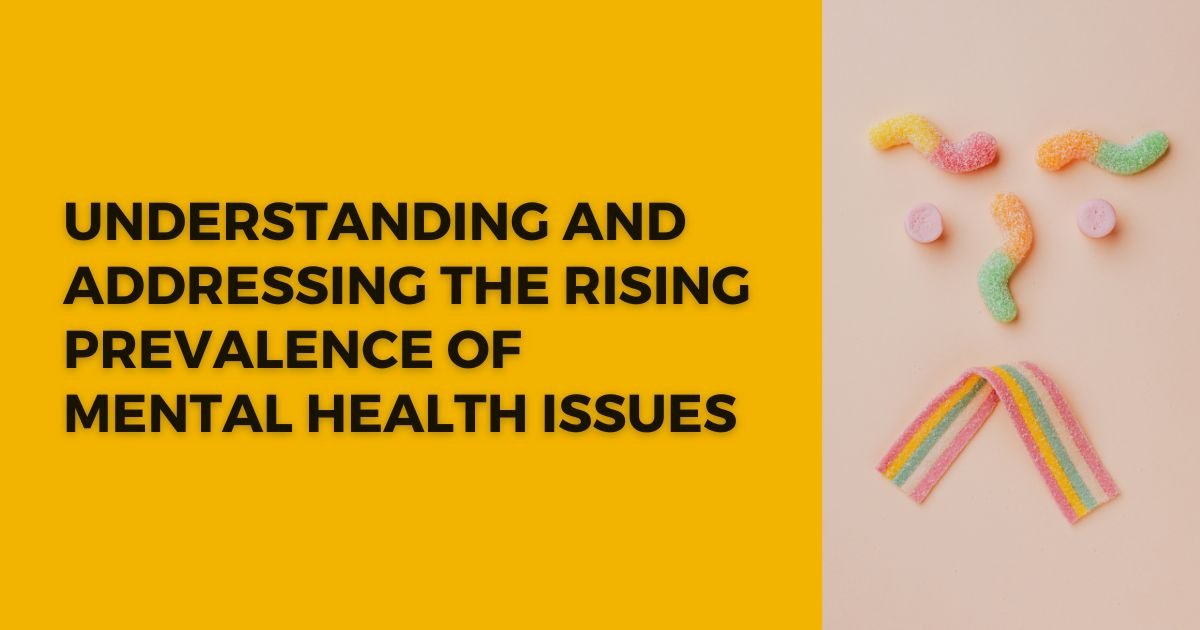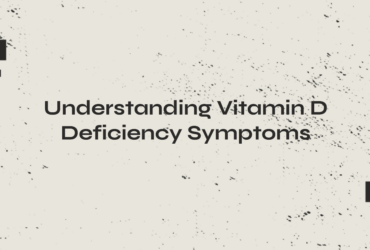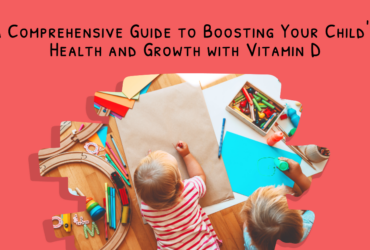In our quest for a healthy lifestyle, understanding how to read food labels accurately plays a pivotal role. Yet, the small print and complex information can make this task seem daunting. Fear not! This comprehensive guide will provide you with the knowledge and insights needed to navigate food labels with confidence. By unlocking the secrets behind these labels, you’ll gain the power to make informed choices that support your well-being.
Table of Contents
Why Accurate Food Label Reading Matters?
Accurately reading food labels is vital for several reasons. Firstly, it enables you to assess the nutritional content of a product, making it easier to maintain a balanced diet. Secondly, it helps you identify potential allergens or ingredients that you may want to avoid. Lastly, reading food labels empowers you to make comparisons between products, ensuring you select the ones that best align with your dietary goals.
Understanding the Key Components
To read food labels accurately, familiarize yourself with the key components found on most labels:
- Serving Size: The serving size is crucial as it determines the nutritional values presented on the label. Ensure you’re aware of the serving size indicated and adjust your calculations accordingly.
- Ingredients List: The ingredients list provides insight into what the product contains. Ingredients are listed in descending order by weight, with the most prominent ones listed first. Keep an eye out for potential allergens, such as peanuts or gluten, and watch for unhealthy additives or artificial preservatives.
- Nutritional Facts: The nutritional facts section highlights the amounts of calories, macronutrients (fat, carbohydrates, and protein), fiber, and essential vitamins or minerals per serving. Pay attention to these values to make informed choices about your dietary intake.
Cracking the Code
Here are some pro tips to read food labels accurately:
- Be Ingredient Savvy: Familiarize yourself with common ingredient names and their alternative names. By recognizing terms like high-fructose corn syrup or monosodium glutamate (MSG), you can identify products that may not align with your dietary preferences or restrictions.
- Beware of Serving Size Tricks: Manufacturers sometimes use serving sizes to make their products appear healthier. Compare the serving size indicated with your actual consumption to gain a clear understanding of the nutritional content you’re consuming.
- Check for Hidden Sugars: Sugar can go by many names, such as sucrose, fructose, or maltose. Be vigilant when scanning the ingredients list to identify added sugars, which can contribute to excess calorie intake.
- Look for Whole Foods: Whenever possible, opt for products that contain simple, recognizable ingredients. Whole foods, such as fresh fruits, vegetables, and lean proteins, tend to be healthier options than heavily processed alternatives.
Conclusion
Mastering the skill of accurately reading food labels is a powerful tool in your journey towards a healthier lifestyle. By understanding the key components, such as serving sizes, ingredients lists, and nutritional facts, you can make more informed choices about the foods you consume. With practice, you’ll become adept at recognizing misleading marketing tactics and be better equipped to select products that align with your dietary goals. Start applying these insights today and take control of your well-being through the art of reading food labels accurately.
FAQs
-
Are all additives harmful?
Not all additives are harmful. Some additives, like vitamins and minerals, can be beneficial. However, it’s important to be cautious of artificial additives and preservatives, especially if you have specific dietary concerns.
-
Are all fats and sugars bad?
Not all fats and sugars are bad. Healthy fats, such as those found in avocados or nuts, are essential for our bodies. Similarly, natural sugars from fruits provide essential nutrients. The key is to be mindful of the type and quantity of fats and sugars consumed.
-
Should I only focus on calories when reading food labels?
Calories are important, but they should not be the sole focus. Pay attention to the overall nutritional profile, including the amounts of fat, carbohydrates, protein, fiber, and essential vitamins or minerals.
Reading food labels accurately is not merely a chore; it is an act of self-care and self-love. It allows you to take control of your health, making choices that align with your unique dietary needs and goals. By paying attention to the ingredients, identifying hidden sugars, and embracing whole foods, you are nourishing your body and mind in the most profound way.
As you continue your journey, don’t hesitate to share your newfound knowledge with others. Help your friends, family, and community become savvy label readers too. By spreading this invaluable skill, you contribute to a healthier, more conscious society.
Remember, practice makes perfect. The more you read food labels accurately, the more natural and effortless it becomes. Over time, you’ll develop a keen eye and intuition, allowing you to swiftly identify the products that truly support your well-being. To continue your quest for knowledge and discover more articles like this one, click here.














Leave a Reply
View Comments